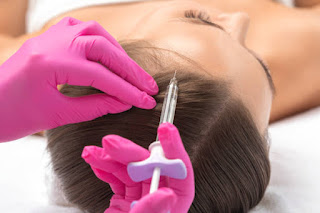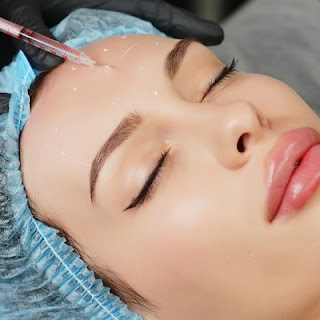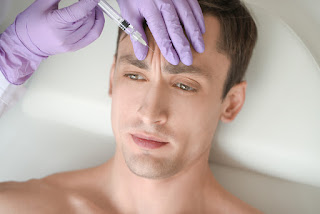PRP vs. Traditional Hair Loss Treatments: Pros and Cons
Platelet-Rich Plasma (PRP) in Islamabad:
In the heart of Pakistan's capital, Islamabad, individuals seeking effective solutions to hair loss are increasingly turning to Platelet-Rich Plasma (PRP) therapy. PRP has gained popularity in Islamabad's vibrant community as a non-surgical and natural approach to stimulating hair regrowth. Clinics offering PRP hair treatment in Islamabad, such as Royal Hair Transplant, have become pioneers in providing this innovative solution.
Pros of PRP Hair Treatment:
1. Natural and Non-Invasive: One of the significant advantages of PRP is its natural approach. The treatment involves extracting a small amount of the patient's blood, processing it to concentrate platelets, and then injecting the platelet-rich plasma back into the scalp. As it utilizes the patient's blood, there is no risk of rejection or adverse reactions.
2. Stimulates Hair Follicles: PRP is known for its ability to stimulate hair follicles, promoting hair growth. The platelets contain growth factors that nourish the hair follicles, encouraging them to become more active and produce thicker, healthier strands.
3. Minimal Downtime: Unlike some traditional hair loss treatments that may involve surgery or lengthy recovery periods, PRP therapy has minimal downtime. Patients can often resume their regular activities shortly after the treatment.
4. Versatility: PRP is a versatile treatment that can be used in conjunction with other therapies. Whether combined with hair transplant procedures or used as a standalone treatment, PRP adapts well to individualized treatment plans.
Cons of PRP Hair Treatment:
1. Multiple Sessions Required: While PRP is effective, it typically requires multiple sessions for optimal results. Patients may need to undergo several treatments spaced over several weeks to experience significant hair regrowth.
2. Variable Results: The effectiveness of PRP can vary from person to person. Factors such as the extent of hair loss, the underlying cause, and individual response to the treatment can influence the outcomes.
Traditional Hair Loss Treatments:
1. Medications (Propecia, Minoxidil):
- Pros: Proven efficacy in preventing further hair loss and promoting regrowth for some individuals.
- Cons: Long-term commitment required, potential side effects, and effectiveness can vary.
2. Hair Transplant Surgery:
- Pros: Permanent results, effective for advanced hair loss.
- Cons: Invasive procedure, potential scarring, and longer recovery time.
3. Laser Therapy:
- Pros: Non-invasive, stimulates hair follicles.
- Cons: Requires ongoing sessions for maintenance, variable results
Conclusion:
Choosing between PRP and traditional hair loss treatments depends on various factors, including the severity of hair loss, individual preferences, and medical considerations. PRP, especially in Islamabad, has gained recognition for its natural approach and effectiveness. Royal Hair Transplant, among other clinics, provides a comprehensive approach to hair restoration, incorporating PRP into their services.
Ultimately, consulting with a qualified medical professional is crucial for determining the most suitable treatment plan. By weighing the pros and cons of PRP and traditional methods, individuals can make informed decisions to address their unique hair loss concerns.




Comments
Post a Comment